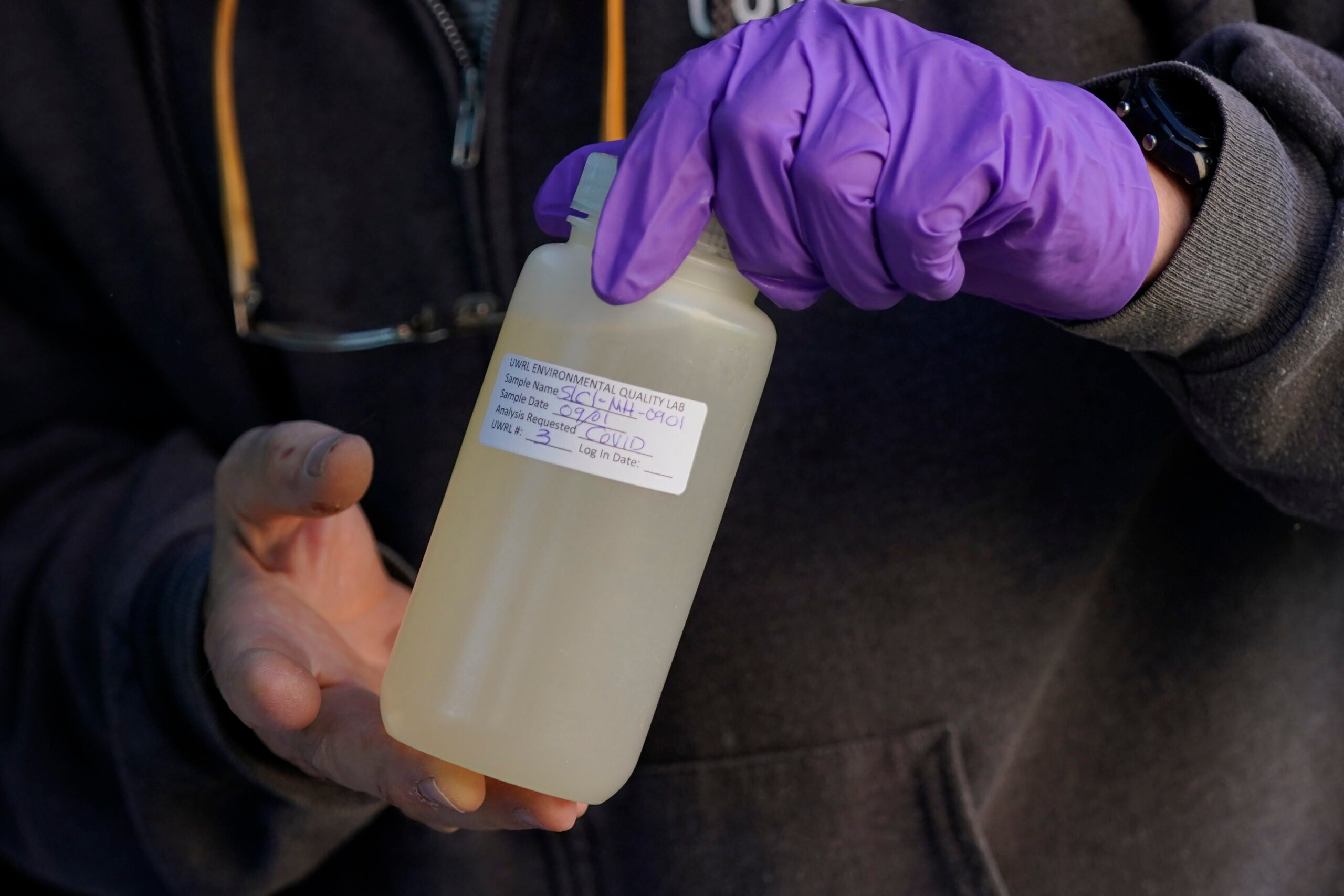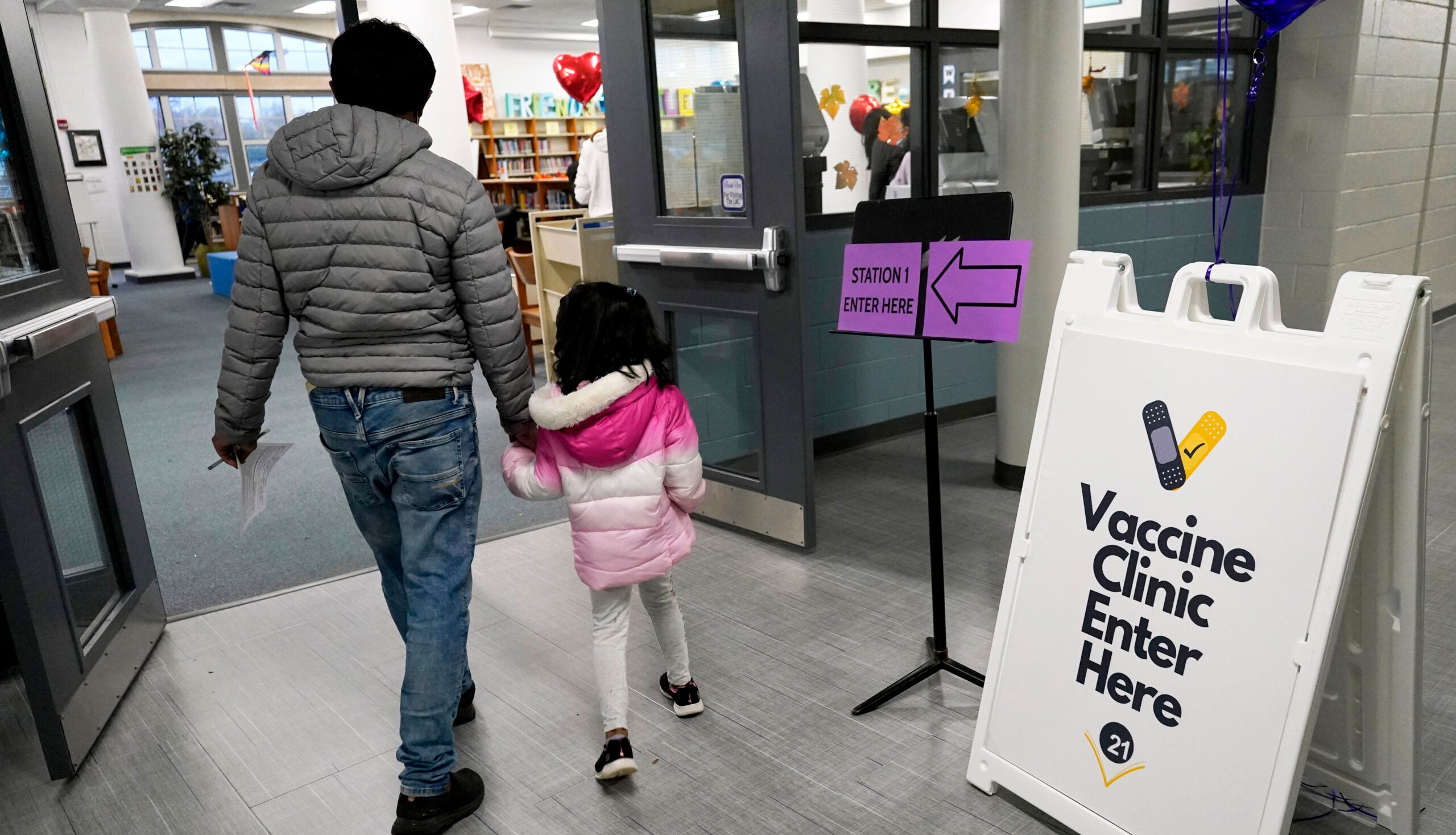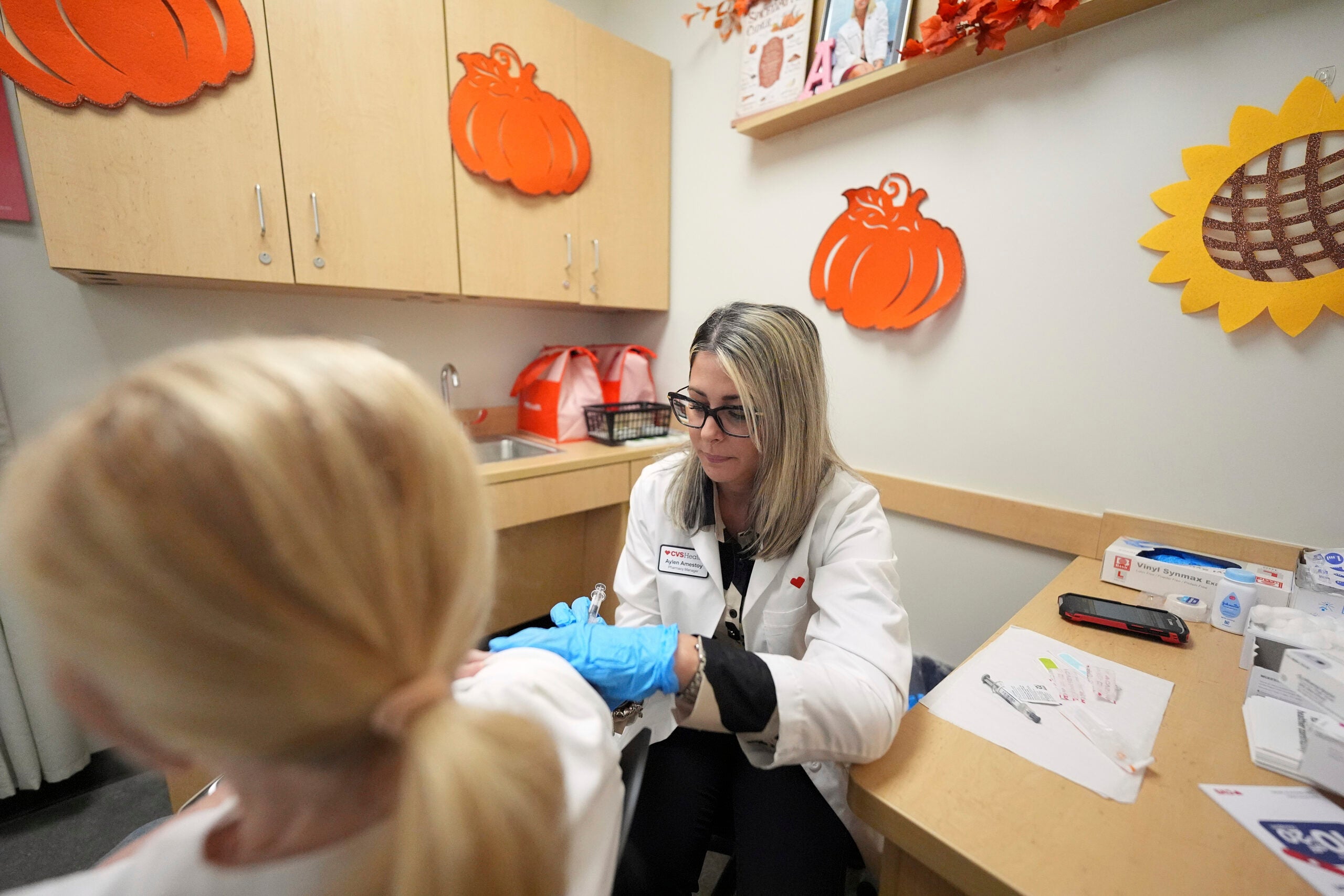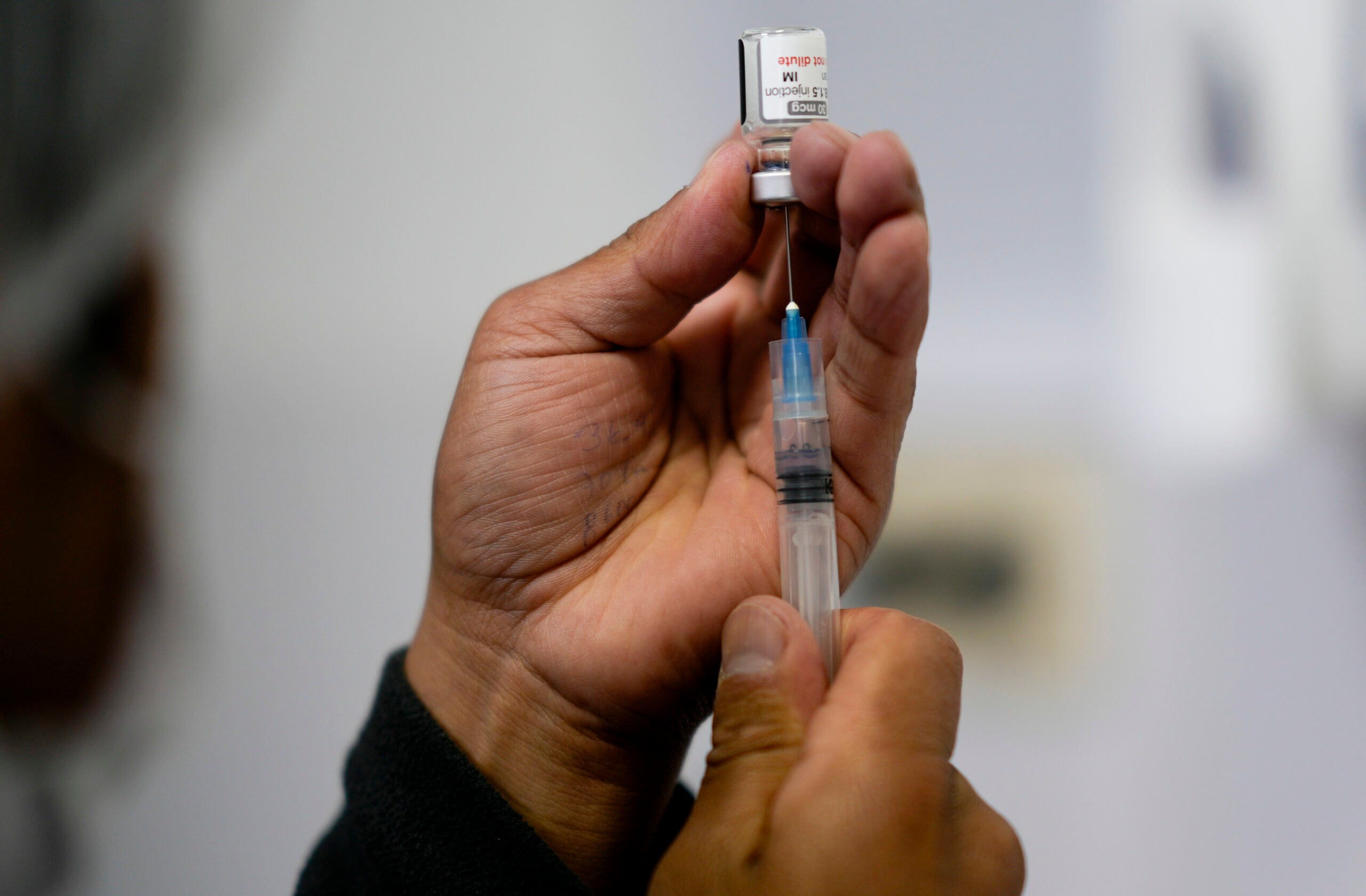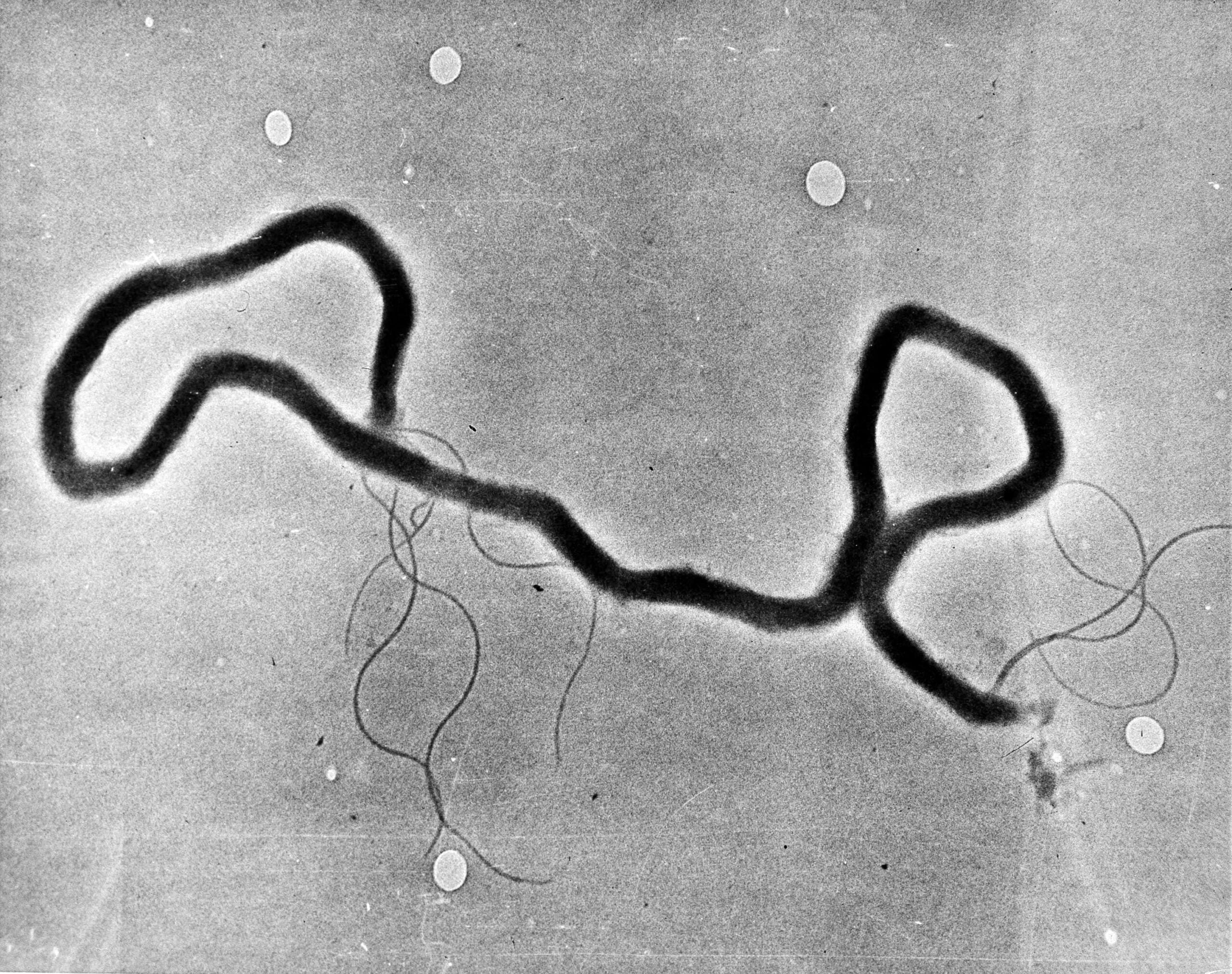The federal government’s widely-used online tool to track the COVID-19 pandemic now includes something most wrinkle their nose at — but which can be helpful in determining how much disease there is in a community: wastewater.
Wisconsin has been analyzing wastewater during the pandemic for signs of COVID-19 since December 2020 and recent signs point to the pandemic potentially losing some steam. Fewer people are testing positive and many municipal sewer treatment plants around the state are showing lower levels of COVID-19 or moderate increases. Hospitalizations and new infections may have gone down but are still high, state health officials caution.
“We had a peak of 18,000 in a single day and now our seven-day average is 4,000. So, the good news is we’re going in the right direction and hopefully that means good news on the horizon,” Dr. Ryan Westergaard, chief medical officer for the state Department of Health Services, said during a Thursday press briefing. “But there are still lot of people in hospital.”
News with a little more humanity
WPR’s “Wisconsin Today” newsletter keeps you connected to the state you love without feeling overwhelmed. No paywall. No agenda. No corporate filter.
Throughout the pandemic, health departments have looked at testing and hospitalizations to get a sense of how widespread the virus is in a community. But sewage surveillance has advantages over those two indicators. It provides information sooner, and not everyone with COVID-19 gets tested or goes to the hospital.
But wastewater has its limitations. While everyone goes to the bathroom, their feces may not end up in a municipal sewer system, meaning any potential data is lost.
Wastewater surveillance is how four states first detected the omicron variant, according to a Centers for Disease Control and Prevention January report detailing efforts in New York, California, Texas and Colorado.
While the Wisconsin State Laboratory of Hygiene has been tracking COVID-19 in wastewater since early in the pandemic, it is still fine-tuning the ability to do genomic sequencing of specific variants, according to spokesperson Jan Klawitter.
Wastewater is being analyzed for COVID-19 in 37 states at 400 testing sites around the country, according to the CDC. As of Friday, that information is available on the CDC’s COVID-19 Data Tracker.
“But the real power of this program will be more evident in the coming weeks when hundreds more testing sites will begin submitting data,” said Amy Kirby, program lead for the CDC’s National Wastewater Surveillance System.
And eventually scientists will look for more than just COVID-19 in wastewater.
By the end of 2022, Kirby said the national surveillance system will start collecting data on other pathogens, including e-coli and the emerging Candida auris.
In Wisconsin, the state Department of Health Services, state Hygiene Lab and University of Wisconsin-Milwaukee are exploring new ways to use wastewater to monitor influenza and certain strains of bacteria that are resistant to antibiotics.These new approaches are in the very early stages but will be developing over the coming months, said Dr. Jon Meiman of DHS’ Bureau of Environmental and Occupational Health.
Wisconsin Public Radio, © Copyright 2025, Board of Regents of the University of Wisconsin System and Wisconsin Educational Communications Board.

